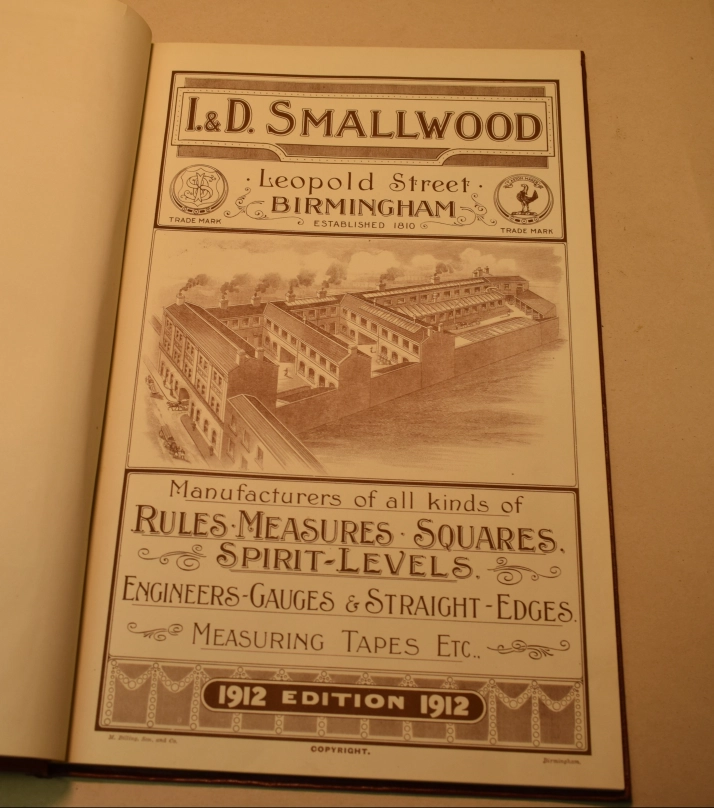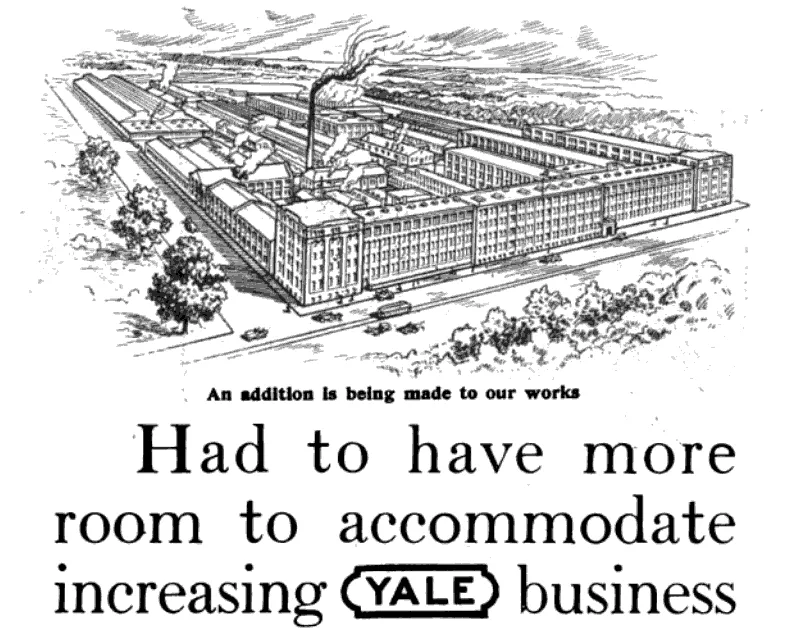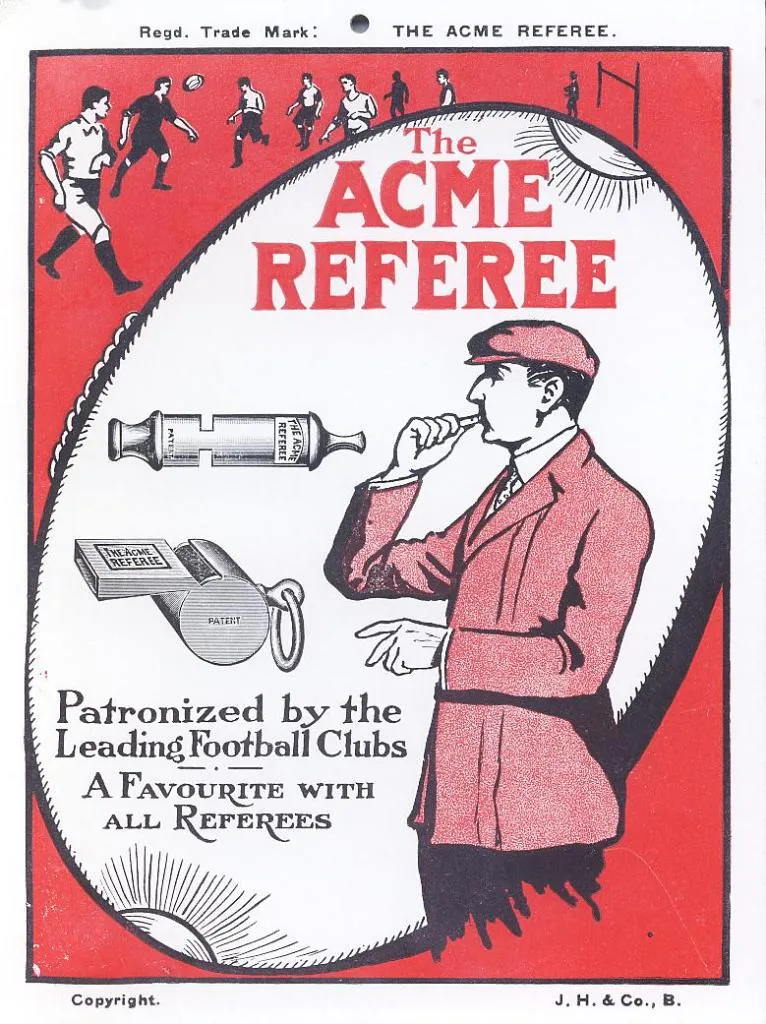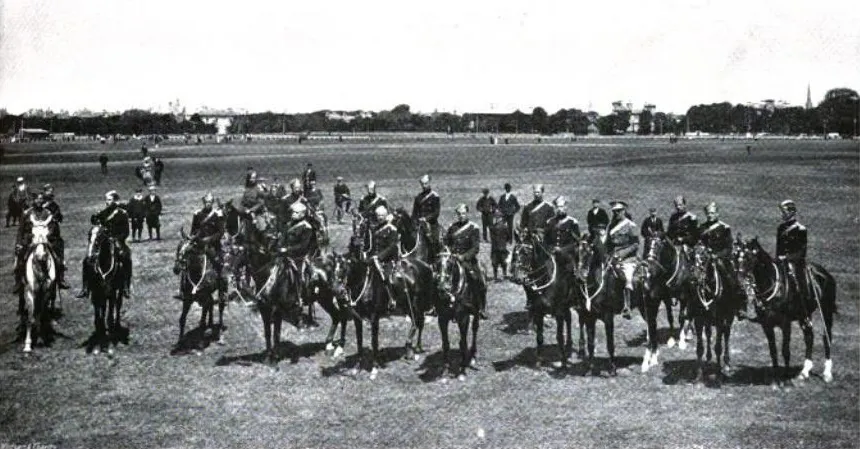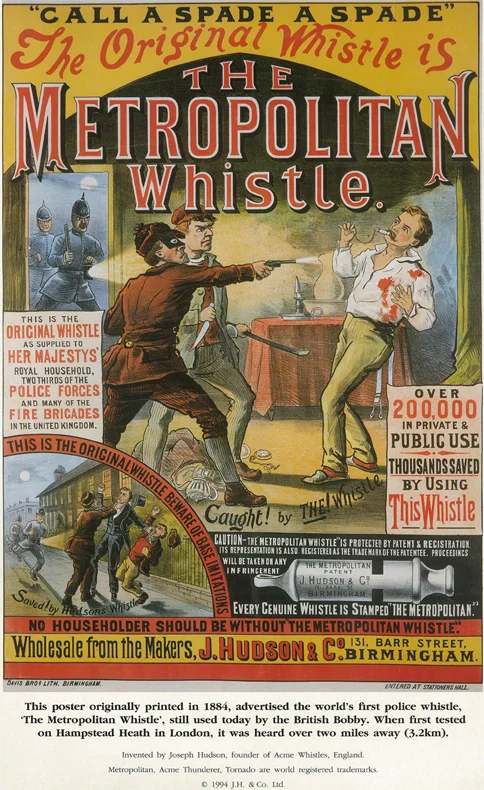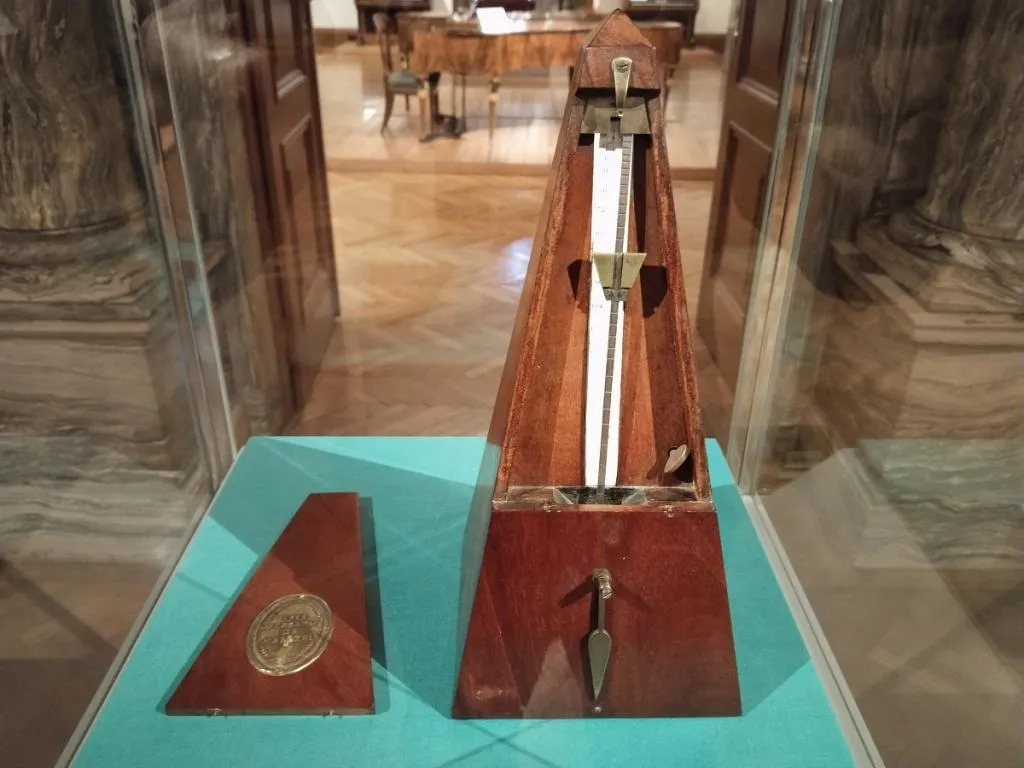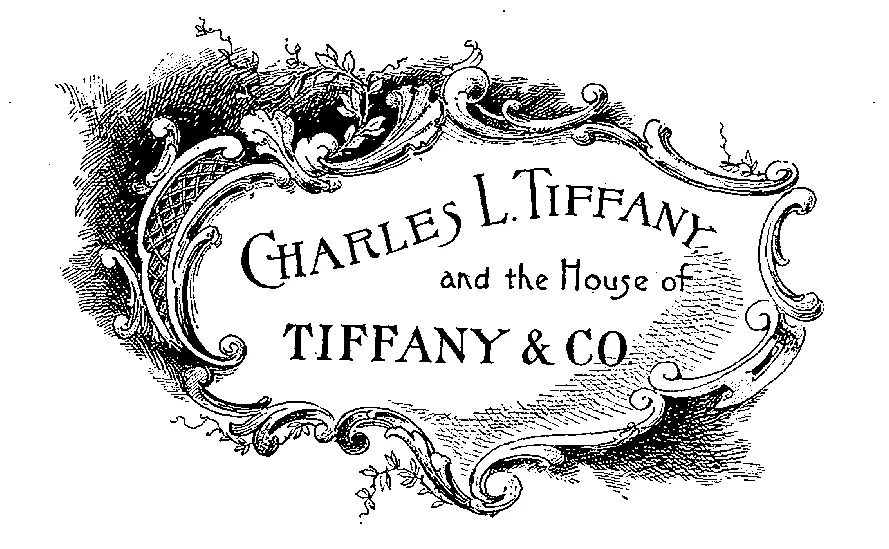Wakefield Castrol Motor Oil History
The history of Wakefield Castrol Motor Oil, its inventor Sir Charles Wakefield, and the innovations that shaped lubrication and motorsports.
From Wakefield’s first oil to Castrol’s motorsport legacy, discover its impact in aviation, racing, and global industry.
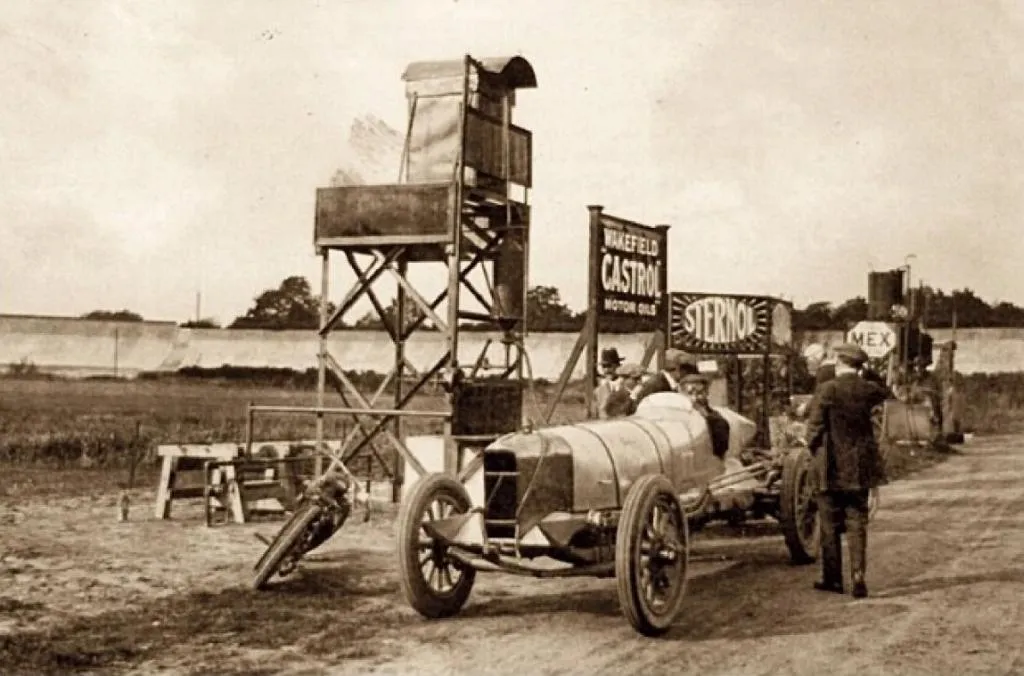
Source: Google Books
The Origins of Castrol
The story of Castrol begins in 1899, when Sir Charles 'Cheers' Wakefield, 1st Viscount Wakefield broke away from the Vacuum Oil Company to establish C.C. Wakefield & Co. in England. Initially headquartered in Cheapside, London, the company specialized in selling lubricants for trains and heavy machinery, catering to the needs of the growing industrial sector.
However, Wakefield was an entrepreneur with a keen eye for innovation. As the 20th century dawned, automobiles and airplanes were emerging as transformative modes of transportation. Recognizing the need for a new kind of lubricant to support these revolutionary machines, Wakefield and his team embarked on extensive research and development.
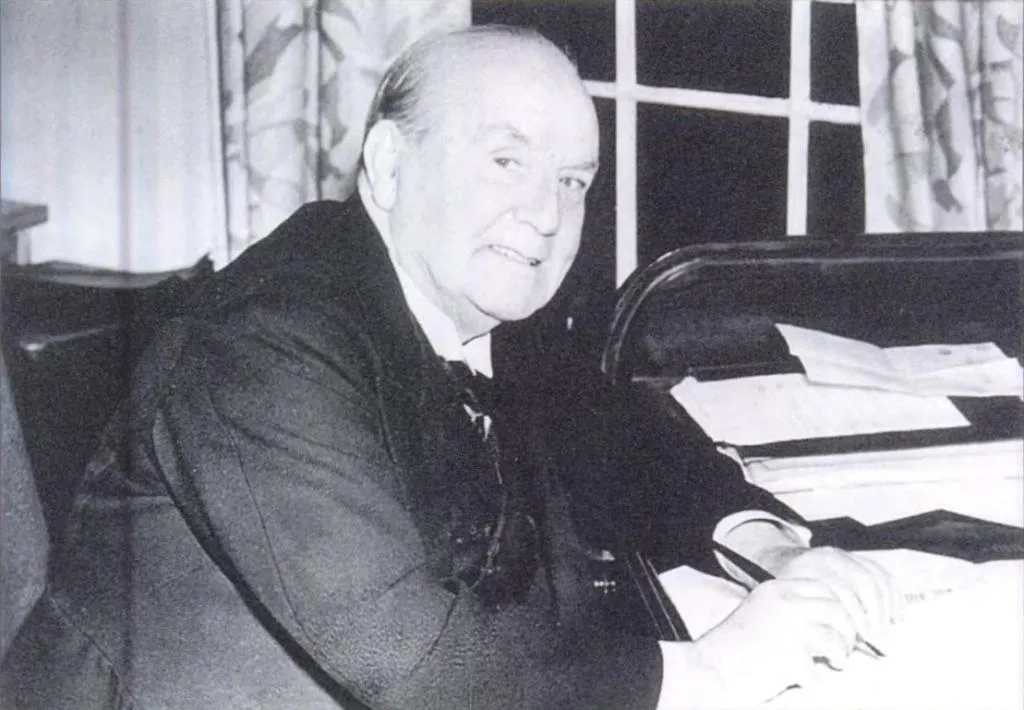
Source: Google Books






Castrol Wakefield Motor Oil Enamel Sign Reproduction Automobilia Garage Collectibles
The Birth of Castrol Oil
By 1906, Wakefield had formulated a groundbreaking lubricant specifically designed for automobiles and aircraft engines. This innovative oil blend included a carefully measured amount of castor oil, a plant-based lubricant derived from castor beans. The result was a high-performance oil that met the demanding conditions of internal combustion engines:
- Thin enough to function instantly during cold starts
- Resilient enough to endure the intense heat and friction of high-speed revolutions
This revolutionary product was named Castrol, a combination of Castor oil and lubricant.
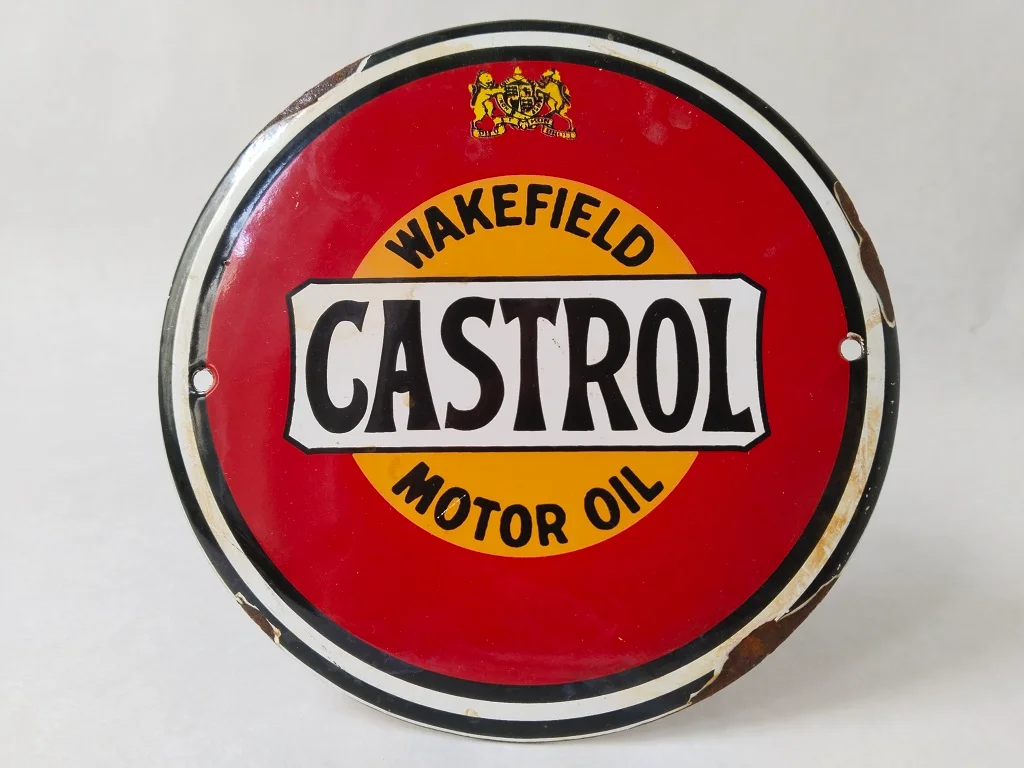
Source: by Stable MARK - own work
Castrol and Early Motorsport
From the outset, Castrol was heavily involved in motorsports, sponsoring racing teams and aviation pioneers. The company's marketing strategy focused on associating Castrol oil with speed, endurance, and reliability, ensuring its name became synonymous with high-performance lubrication.
By 1911, Castrol had already established itself as the preferred oil for aviation and automobile racing. Legendary Isle of Man TT races, land-speed records, and even early air races prominently featured Castrol lubricants, with the company gaining recognition as a trailblazer in performance engineering.
A striking story from World War I further cemented Castrol’s reputation. During the war, Castrol ‘R’ was one of the few oils suitable for rotary-engined aircraft, including those of the Royal Flying Corps. One British Handley Page bomber was forced to land behind enemy lines intact, where it was inspected by the German Kaiser. Amazed by the exceptional performance of the engine, the Kaiser turned to his Chief of Staff, General Hoppner, and asked:
"How is it that at such a height on such a cold day the lubricant does not freeze?"
The General reportedly replied:
"The British have discovered the secret we have been seeking for months."
The secret, of course, was Castrol R.
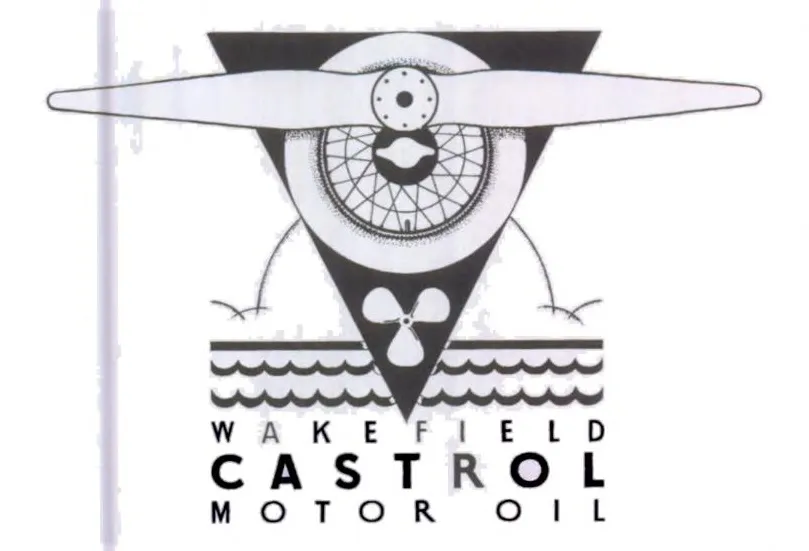
Source: Google Books
Motorsport and the Castrol Legacy
By the 1920s and 1930s, Castrol had become a staple in motorsport. The Golden Arrow, a record-breaking land-speed vehicle driven by Major Sir Henry Segrave, used Wakefield Castrol Motor Oil to set a new world record at 231 mph in 1929 at Daytona Beach, Florida.
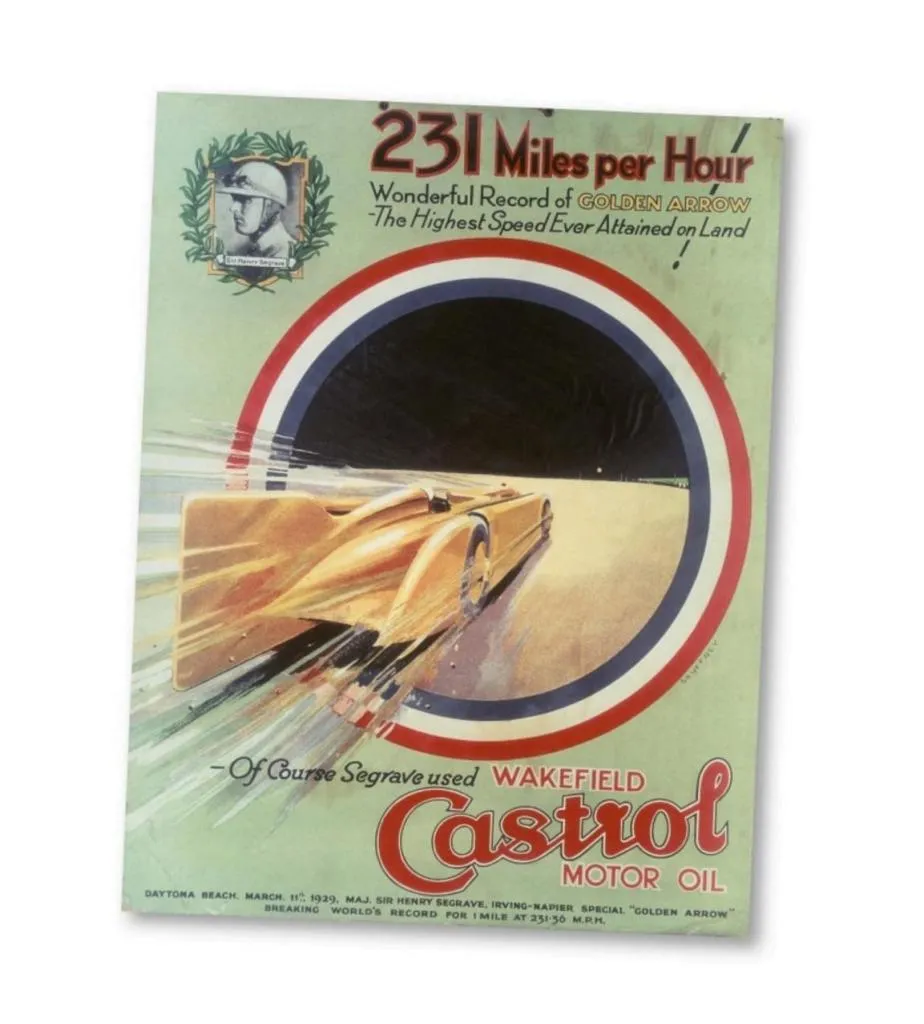
Source: Google Books
During this era, Castrol’s marketing campaigns featured compelling visuals, emphasizing its superior quality and reliability. Advertisements proclaimed Castrol as The Masterpiece in Oils, with imagery of oil cans pouring their golden liquid onto engines.
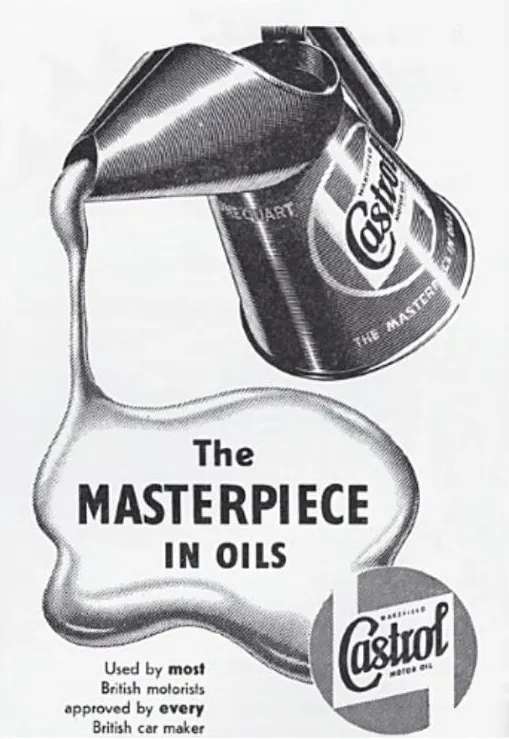
Source: Google Books
Castrol R: The Scent of Racing
The distinctive aroma of Castrol R became legendary in the world of motorsport. Rick Shortle, in his autobiography By Chance, recalls his first experience at a grass track race:
"From the moment I entered the field, I was buzzing. There was something about the feel of it, the noise of the bikes racing, the carnival atmosphere. But most of all, it was the Castrol R oil the competitors put into the bike engines. The smell was amazing."
This unique scent, a byproduct of castor oil combustion, remains one of the most iconic and nostalgic elements of vintage motorsports, instantly recognizable to racing enthusiasts worldwide.
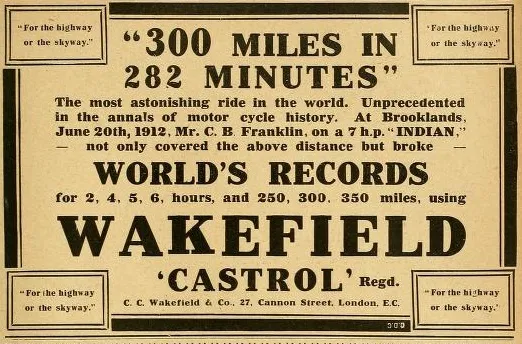
Source: Google Books
The Global Expansion of Castrol
As technology evolved, so did Castrol’s product line. The company expanded its range to include:
- Gear oils for manual transmissions
- Industrial lubricants for machinery
- High-performance synthetic oils for modern vehicles
By 1960, the Castrol brand had become so influential that C.C. Wakefield & Co. officially rebranded as Castrol Ltd., solidifying its global presence.
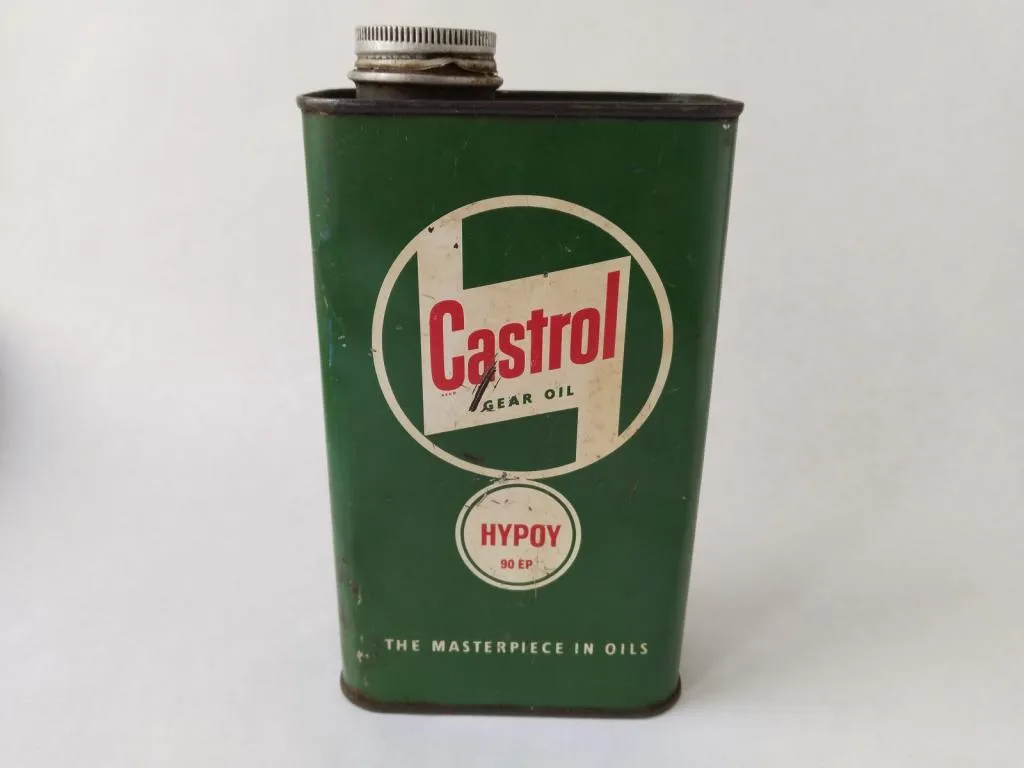
Source: Google Books
During the 1970s, Castrol had solidified itself as a trusted brand in workshops worldwide. Service stations and dealerships prominently displayed Castrol signage, reinforcing its dominance in the automotive and racing industries.
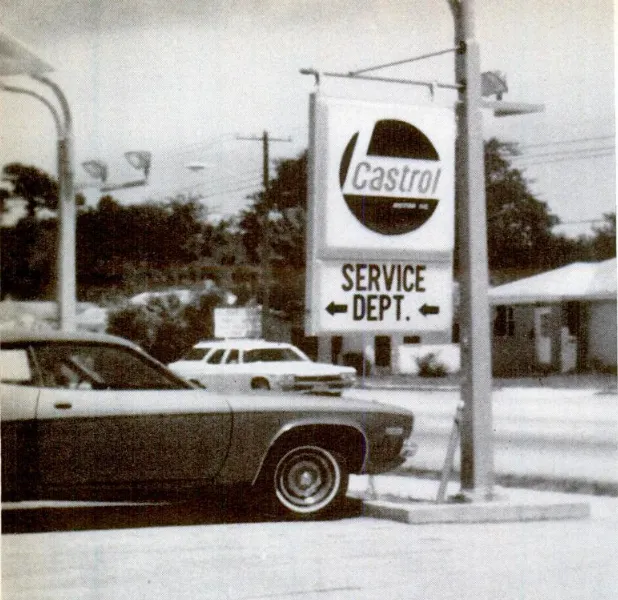
Source: Google Books
Castrol Today: A Legacy of Excellence
Today, Castrol remains one of the world’s leading lubricant brands, with its oils used in:
- Formula 1
- MotoGP
- Aerospace engineering
- Heavy industry
While modern synthetic lubricants have largely replaced Castrol R, its legacy in motorsport, aviation, and automotive history remains unmatched. The scent of Castrol R, the green-and-white logo, and its pioneering engineering spirit continue to evoke nostalgia for racing enthusiasts and collectors alike.
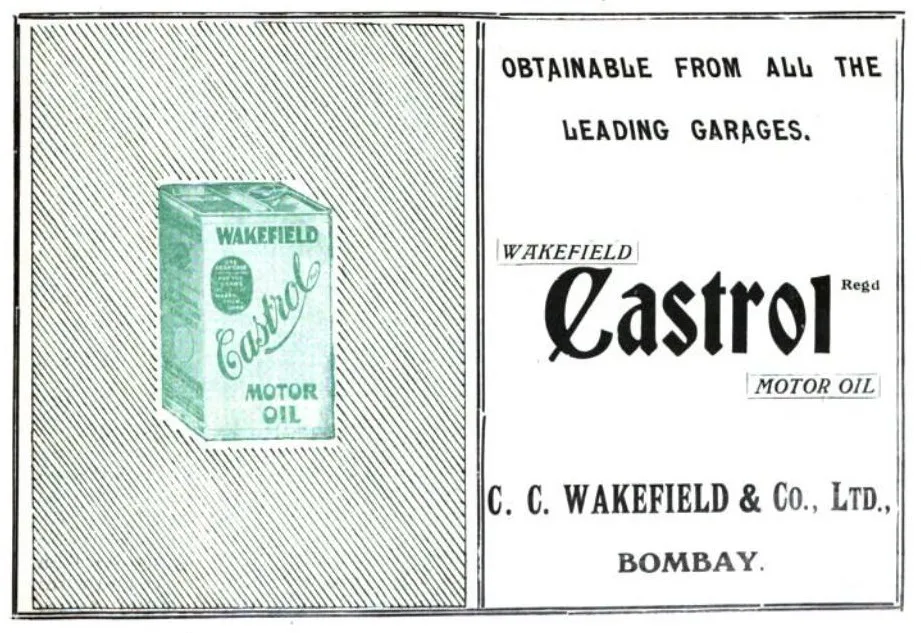
Source: Google Books
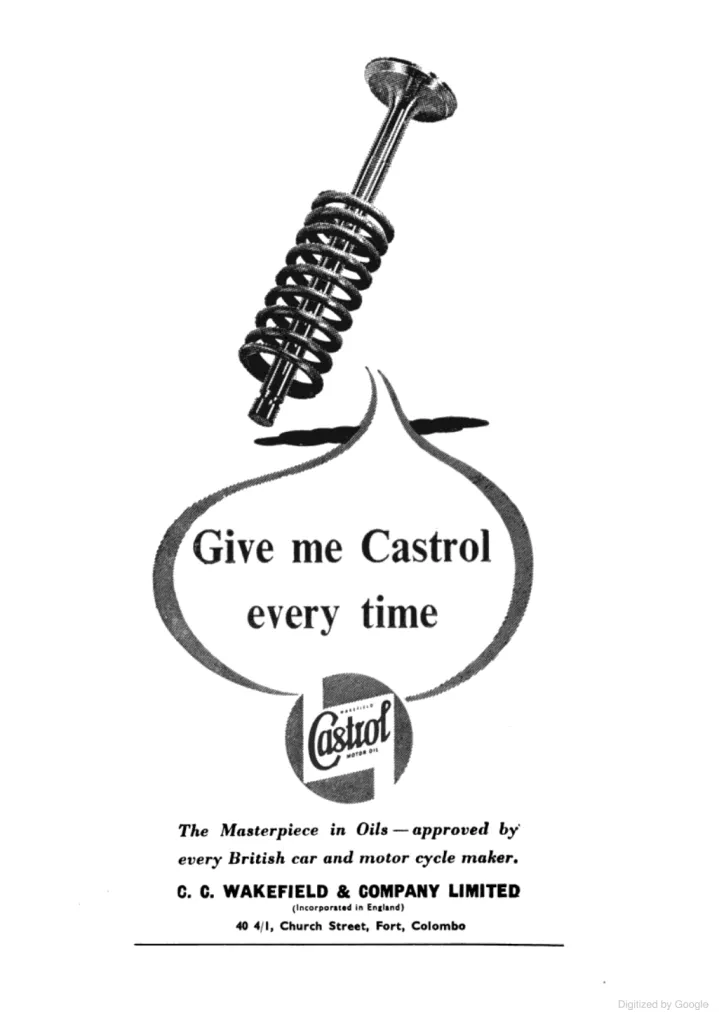
Source: Google Books

Source: Google Books
From Sir Charles Wakefield’s pioneering spirit in 1899 to Castrol’s dominance in motorsport and engineering, the brand has consistently led the way in lubrication technology. Whether it was the war-tested durability in World War I, the record-breaking speeds of the Golden Arrow, or the iconic scent of Castrol R in grassroots racing, Castrol’s influence on the automotive world is undeniable.
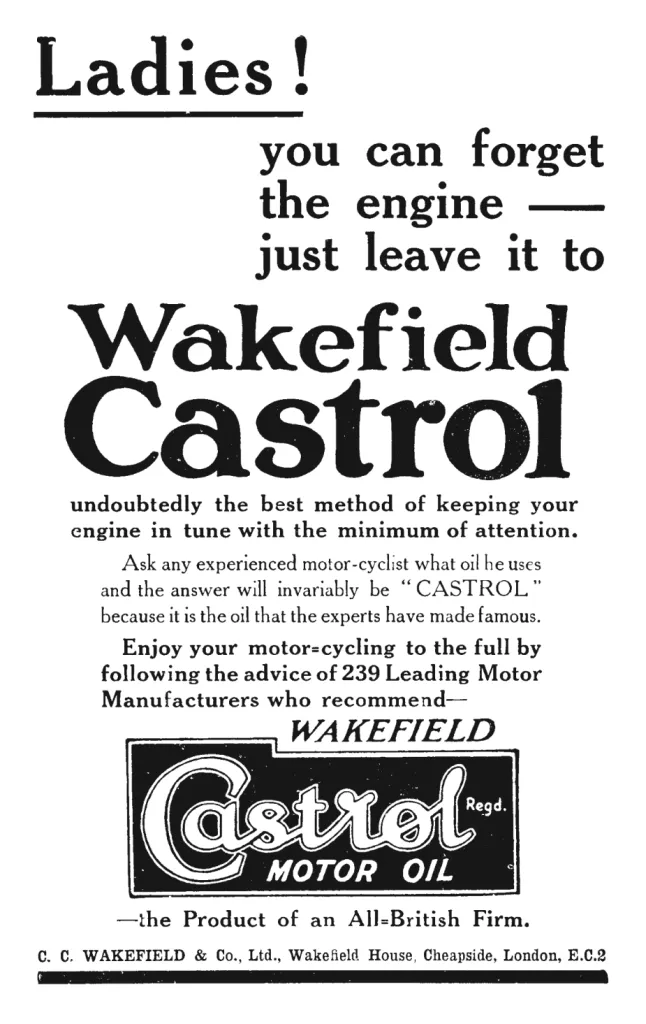
Source: Google Books
Even over a century later, the name Castrol still stands as a symbol of quality, endurance, and engineering excellence.
castrol-ad-the-masterpiece-in-oils-smallcastrol-sign-at-car-dealer-premises-popular-science-magazine-sep-1973-smallgolden-arrow-castrol-poster-1929-smallthe-sunbeam-racing-car-todles-v-brooklands-surrey-uk-11-august-1913-smallcastrol-motor-cycling-for-woman-1928-smallsir-charles-cheers-wakefield-1st-viscount-wakefield-smallShare this article
